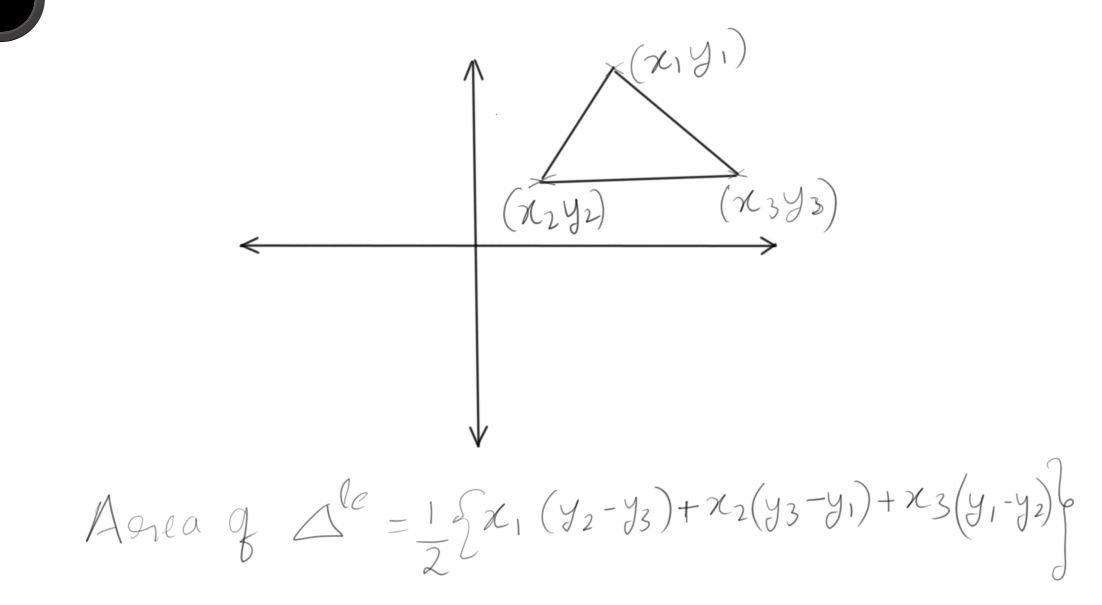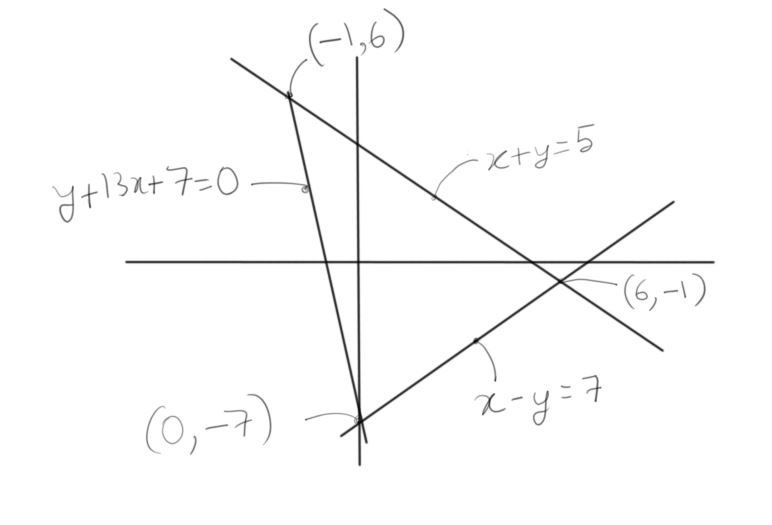Events & Promotions
|
|

GMAT Club Daily Prep
Thank you for using the timer - this advanced tool can estimate your performance and suggest more practice questions. We have subscribed you to Daily Prep Questions via email.
Customized
for You
Track
Your Progress
Practice
Pays
Not interested in getting valuable practice questions and articles delivered to your email? No problem, unsubscribe here.
- Nov 22
11:00 AM IST
-01:00 PM IST
Do RC/MSR passages scare you? e-GMAT is conducting a masterclass to help you learn – Learn effective reading strategies Tackle difficult RC & MSR with confidence Excel in timed test environment - Nov 23
11:00 AM IST
-01:00 PM IST
Attend this free GMAT Algebra Webinar and learn how to master the most challenging Inequalities and Absolute Value problems with ease. - Nov 25
10:00 AM EST
-11:00 AM EST
Prefer video-based learning? The Target Test Prep OnDemand course is a one-of-a-kind video masterclass featuring 400 hours of lecture-style teaching by Scott Woodbury-Stewart, founder of Target Test Prep and one of the most accomplished GMAT instructors.
Kudos
Bookmarks
D
Be sure to select an answer first to save it in the Error Log before revealing the correct answer (OA)!
Difficulty:
 75%
(hard)
75%
(hard)
Question Stats:
57% (03:21) correct 43%
(02:50)
wrong
43%
(02:50)
wrong  based on 76
sessions
based on 76
sessions
History
Date
Time
Result
Not Attempted Yet
In the rectangular coordinate system, area of the region bounded by three lines x + y = 5, x - y = 7, y + 13x + 7 = 0 is:
A. 18
B. 22
C. 32
D. 42
E. 91
A. 18
B. 22
C. 32
D. 42
E. 91
Kudos
Bookmarks
Bunuel
Let L1: x+y=5
L2: x-y=7
L3: y+13x+7=0
Intersection point of L1 & L2 is A (6,-1)
Intersection point of L3 & L2 is B (0,-7)
Intersection point of L1 & L3 is C (-1,6)
Distance between A & B = AB = base of triangle = \(\sqrt{(6-0)^2+(-1+7)^2} = 6\sqrt{2}\)
Height of the triangle ABC with base AB is = Perpendicular distance from C(-1,6) to Line L2 x-y-7=0 =\(|-1-6-7|/\sqrt{2} = 14/\sqrt{2} = 7\sqrt{2}\)
Area of triangle = base * height/2 = \(1/2 * 6\sqrt{2} * 7\sqrt{2} = \frac{6*7*2}{2} = 42\)
IMO D
Kudos
Bookmarks
This is a very good question on Co-ordinate geometry, which tests you on the concept of Area of a triangle for which the co-ordinates of the vertices are given.
For a triangle whose vertices are (\(x_1,y_1\)), (\(x_2,y_2\)) and (\(x_3,y_3\)), as shown in the figure below,

12th July 2019 - Reply 4 - 1.JPG [ 33.64 KiB | Viewed 4732 times ]
Area of the triangle = ½ {\(x_1\)(\(y_2\)-\(y_3\)) + \(x_2\) (\(y_3\) – \(y_1\)) + \(x_3\) (\(y_1\) – \(y_2\))}. Observe that the expression on the right hand side is a cyclic expression and therefore easy to remember.
Since the question mentions the area bounded by 3 lines, in other words, it’s asking us to find out the area of a triangle.
Therefore, we need to find out the points where each pair of lines intersect.
The point of intersection of x + y = 5 and x – y = 7 is (6,-1).
The point of intersection of x + y = 5 and y + 13x + 7 = 0 is (-1,6).
The point of intersection of x – y = 7 and y + 13x + 7 = 0 is (0,-7).
These represent the three vertices of the triangle whose area we are trying to find, as shown in the figure below.

12th July 2019 - Reply 4 - 2.JPG [ 27.83 KiB | Viewed 4652 times ]
Let (\(x_1\),\(y_1\)) = (-1,6), (\(x_2\),\(y_2\)) = (0,-7) and (\(x_3\),\(y_3\)) = (6,-1). Substituting these values in the area formula,
Area of the triangle = ½ { -1(-7+1) + 0(-1-6) + 6(6+7)} = ½ {6 + 0 + 78} = 42 sq.units.
The correct answer option, IMO, is D.
Hope this helps!
For a triangle whose vertices are (\(x_1,y_1\)), (\(x_2,y_2\)) and (\(x_3,y_3\)), as shown in the figure below,
Attachment:
12th July 2019 - Reply 4 - 1.JPG [ 33.64 KiB | Viewed 4732 times ]
Area of the triangle = ½ {\(x_1\)(\(y_2\)-\(y_3\)) + \(x_2\) (\(y_3\) – \(y_1\)) + \(x_3\) (\(y_1\) – \(y_2\))}. Observe that the expression on the right hand side is a cyclic expression and therefore easy to remember.
Since the question mentions the area bounded by 3 lines, in other words, it’s asking us to find out the area of a triangle.
Therefore, we need to find out the points where each pair of lines intersect.
The point of intersection of x + y = 5 and x – y = 7 is (6,-1).
The point of intersection of x + y = 5 and y + 13x + 7 = 0 is (-1,6).
The point of intersection of x – y = 7 and y + 13x + 7 = 0 is (0,-7).
These represent the three vertices of the triangle whose area we are trying to find, as shown in the figure below.
Attachment:
12th July 2019 - Reply 4 - 2.JPG [ 27.83 KiB | Viewed 4652 times ]
Let (\(x_1\),\(y_1\)) = (-1,6), (\(x_2\),\(y_2\)) = (0,-7) and (\(x_3\),\(y_3\)) = (6,-1). Substituting these values in the area formula,
Area of the triangle = ½ { -1(-7+1) + 0(-1-6) + 6(6+7)} = ½ {6 + 0 + 78} = 42 sq.units.
The correct answer option, IMO, is D.
Hope this helps!













